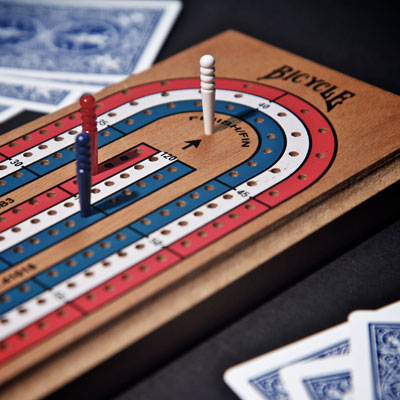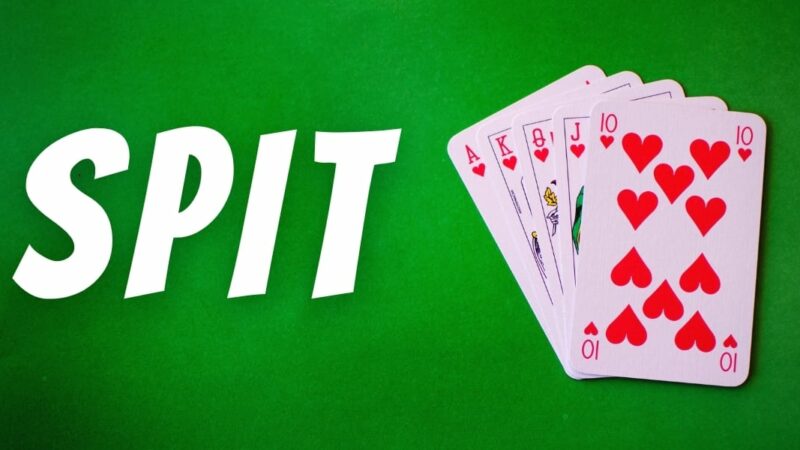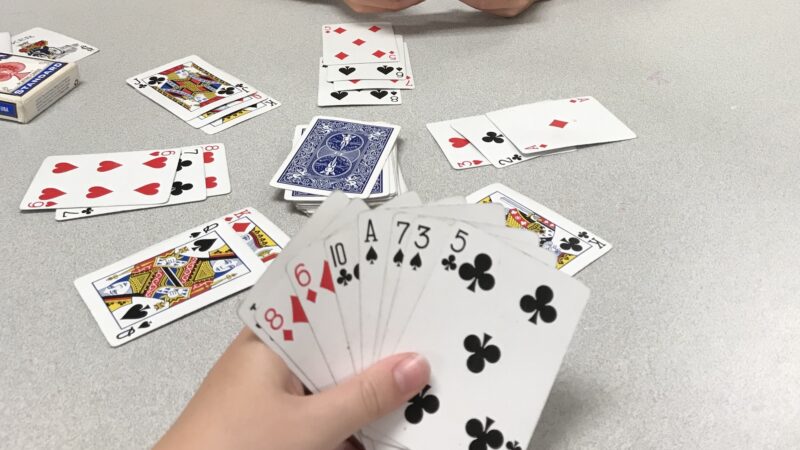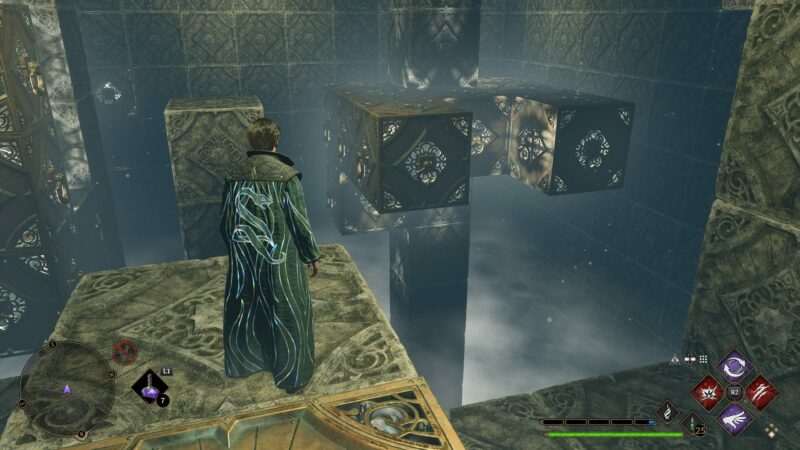How to Play Cribbage: A Step-by-Step Guide

How To Play Cribbage – Cribbage is a classic card game combining strategy, skill, and counting elements. It’s a game that has been enjoyed by generations and remains popular due to its unique scoring system and engaging gameplay. In this guide, we’ll walk you through the Cribbage rules and how to play cribbage.
What is Cribbage?
Cribbage is a card game that uses a standard 52-card deck (without jokers) and a special board with pegs to keep track of the score. The goal of the game is to be the first player to reach 121 points by making various combinations of cards in your hand and on the table. Cribbage is played in rounds, each consisting of two phases: the play and the show.
During the play, players take turns laying down cards and adding their values, trying to reach 31 or as close as possible without going over. During the show, players score points for their own cards and a shared card called the starter or the cut. The dealer also scores points for an extra hand called the crib, which is made up of cards discarded by both players at the beginning of the round.
Objective of the Game
The main objective of cribbage is to be the first player to score a certain number of points, usually 121 points in a standard game. Points are scored through various combinations of cards played during each round.
How To Play Cribbage?
What You’ll Need
- A standard 52-card deck
- A cribbage board (optional but recommended)
- Two to four players
Setting Up
- Players: Cribbage can be played with two, three, or four players. For a four-player game, you can play in pairs or individually.
- Dealing: The dealer shuffles the deck and deals six cards to each player. Each player then discards two cards into a “crib,” which belongs to the dealer.
- Crib Selection: The dealer’s crib is set aside, and the remaining deck is used for the play and pegging rounds.
Playing a Round
- Start with the Starter Card: The non-dealer flips the top card of the deck face-up. This card, known as the “starter” or “cut card,” will be used during scoring.
- Play Phase: Starting with the player to the dealer’s left and proceeding clockwise, players take turns playing a single card from their hand. Cards are placed face-up in the center, and the cumulative total of cards played is announced as they are played.
- Reaching 31: Players try to play cards in sequence to reach a total of 31 points without exceeding it. Face cards are worth 10 points, and numbered cards are worth their face value.
- Go: If a player can’t play a card without exceeding 31 points, they say “Go,” and their opponent(s) continue playing until no more cards can be played without exceeding 31.
- Pairs, Runs, and Other Combinations: Points are scored during the play phase for specific combinations, such as pairs, runs, and adding up to 15 points. Players announce these combinations as they occur.
Scoring the Hands
- Scoring the Dealer’s Hand and Crib: After the play phase, players score their hands and the dealer scores the crib using the starter card. Points are awarded for various combinations, including pairs, runs, flushes, and adding up to 15 points.
- Pegging: Players move pegs on the cribbage board based on the points scored during the play and scoring phases. The first player to reach the end of the board’s outer track scores one point. The game continues, and the first player to reach the end of the inner track scores two points.
Winning the Game
- Winning Points: The game continues until one player reaches the target score (usually 121 points). If multiple players reach or exceed the target score during the same round, the player with the highest score wins.
- Victory Lap: If a player wins by pegging out (reaching the end of the inner track), they usually take a “victory lap” along the outer track to celebrate their win.
Cribbage Strategy Tips
- Keep track of the cards played to predict which cards are still in play.
- Consider which cards to discard to the crib, as this can affect your own and the dealer’s potential points.
- Focus on forming pairs, runs, and adding up to 15 during the play phase.
- Be mindful of the starter card and its potential to help or hinder your scoring opportunities.
Conclusion
Cribbage is a game that combines strategy, skill, and a touch of luck. With its unique scoring system and engaging gameplay, it’s a card game that has stood the test of time. Whether you’re a seasoned player or a beginner, cribbage offers hours of fun and friendly competition. Gather your friends or family, set up the cribbage board, and enjoy this classic card game that generations have enjoyed.
FAQs
How do I count points during the play phase in cribbage?
During the play phase in cribbage, you count points by forming specific combinations of cards that add up to certain values. Here are some common combinations:
- Pairs: Two cards of the same rank are worth 2 points.
- Runs: Three or more consecutive cards in sequence score based on the length of the run.
- 15s: Combining cards to make a total of 15 scores 2 points.
- Flush: If all cards in a hand are of the same suit, it scores 4 points (or 5 if the starter card matches the flush suit).
Can you explain the pegging phase in cribbage?
The pegging phase is a crucial part of cribbage, where players move their pegs on the cribbage board based on the points they score during the play and scoring phases. Each player starts at the beginning of the outer track.
Points are pegged along the track in sequence, and the first player to reach the end of the outer track scores one point. Players then continue pegging along the inner track, where the first player to reach the end of this track scores two points. The player who pegs out (reaches the last hole on the board) wins the game.
Can I play cribbage with more than four players?
Cribbage is typically designed for two to four players. However, variations exist that accommodate more players, often played in teams. For instance, in a three-player game, one player competes against a “dummy hand” that follows certain rules.
In larger groups, players can form teams and take turns as the dealer, with the non-dealer on the team being the one to peg and score points.
Is there a specific strategy for discarding cards to the crib?
Deciding which cards to discard to the crib is a strategic aspect of cribbage. Players often aim to discard cards that are less likely to form valuable combinations in their own hand.
Discarding pairs, cards that don’t easily form runs or 15s, or cards of a different suit than the starter card are common strategies. However, the specific strategy can vary based on the cards dealt and the player’s overall game plan. It’s a skill that develops over time with experience.





